Huge Changes Coming to Ford's Lineup

Dearborn has been a pretty quiet place the past few years. But breaking radio silence, Ford CEO Jim Hackett and other company executives lifted the veil, revealing where they’re heading in the next few years.
From the outside looking in, it seems like Ford’s been adrift, but contrary to appearances, management has been at work developing new strategies to reduce costs, improving vehicle quality and provide greater efficiency, all while focusing on customers like never before. The way they’re hoping to achieve these goals is by comprehensively revamping their development processes, how it engineers and builds vehicles.
“People love our products,” remarked Hackett. “[But] we want to give you confidence that we’re speeding up product development.”
Engineering Madness
And this isn’t just idle chatter. Among full-line manufacturers, Ford is aiming to have the freshest lineup in North America by the year 2020, slashing its average showroom age from nearly six years to a little more than three, replacing three-quarters of its lineup. Four new nameplates will be added to the range as well.
To achieve this, the company is shifting away from vehicle platforms, focusing instead on flexible vehicle architectures, five of them in total. Supporting the Blue Oval’s model range for years to come will be the following structural underpinnings: front-wheel-drive unibody, rear-wheel drive unibody, commercial-van unibody, body-on-frame, and battery electric.
ALSO SEE: 2019 Ford Mustang Brings Back ‘California Special’
In addition to this, Ford is taking a modular approach to building vehicles, which will include things like powertrains, electrical components, and driveline subassemblies. Joe Hinrichs, president of the company’s global operations explained it this way. He said that Ford currently has seven moonroof architectures, but going forward, they’ll pare that down to just three, saving time and development costs while simultaneously improving quality.
“We started evolving the best aspects of One Ford,” explained Hinrichs, which was the company’s previous approach to offering common vehicles around the world. This sea change in the way they work should speed up product development by as much as 20 percent, which will save a boatload of money.
“Of course, we’re attacking costs [as well],” said Hinrichs. Ford should reap $4-billion in engineering efficiencies in the next five years because of this.
The fruit of all this labor is a host of new Ford vehicles. Going forward, the company is focusing on SUVs in a big way, reallocating some $7-billion from its passenger-car range to utility vehicles.
This strategy will result in brand-new versions of the Escape and Explorer SUVs, which are scheduled to debut next year. A high-performance ST version of the latter will also join their lineup, becoming the second Ford Performance utility after the Edge ST.
Two dedicated off-road models are also on the way including a reborn Bronco and a second, unnamed model that will be smaller. Still, according to Jim Farley, the company’s president of global markets they’ll both be “purpose-built for getting off the highway.”
Ford’s Electrified Future
Aside from mainstream products, electrification is a cornerstone of Ford’s future showroom. Farley said, “We’re also going to go big on hybrids,” adding that some 90 percent of their sales volume will be electrified in the coming years. “That is really important for Ford’s business here.” Every utility in America will include a hybrid or a plug-in hybrid model, sometimes both.
Hybrid versions of the F-150, Mustang, Explorer, Escape, and Bronco will be offered, tuned for each specific model. The F-150, for instance, will offer more torque and serve as a mobile generator, which is handy on job sites; the Mustang will have enhanced acceleration.
Ford’s new hybrid architecture should be more efficient and less costly than previous generations, thanks to achievements made by suppliers as well as manufacturing experience.
An all-new battery-electric performance crossover is set to launch in 2020, the spearhead of an $11-billion investment in global EVs.
The company is already No. 2 in the hybrid-sales race but they expect to surpass Toyota by 2021.
ALSO SEE: Ford Looks to Formula E After Finally Getting Serious About Electric Cars
And of course, they didn’t forget about Lincoln, even though you may have… Dearborn’s luxury division will also gain two new SUVs by 2020. Teasing what’s to come, the brand’s Aviator nameplate is set to be revived, debuting at the upcoming New York Auto Show. After this duet, an additional four SUVs are set to join the Lincoln lineup in the coming years.
With leaner, meaner, faster product development, Ford appears to be setting itself up for success in the coming years, though their heavy focus on utility models instead of traditional cars raises questions. If the crossover market starts to cool and motorists get interested in sedans again that could spell trouble. Still, it sounds like they’ve covered the necessary bases. Hackett admitted, “We won’t be right about everything, but I think you’ll be happy with Ford.”
Discuss this story on our Ford Forum

Born and raised in metro Detroit, Craig was steeped in mechanics from childhood. He feels as much at home with a wrench or welding gun in his hand as he does behind the wheel or in front of a camera. Putting his Bachelor's Degree in Journalism to good use, he's always pumping out videos, reviews, and features for AutoGuide.com. When the workday is over, he can be found out driving his fully restored 1936 Ford V8 sedan. Craig has covered the automotive industry full time for more than 10 years and is a member of the Automotive Press Association (APA) and Midwest Automotive Media Association (MAMA).
More by Craig Cole



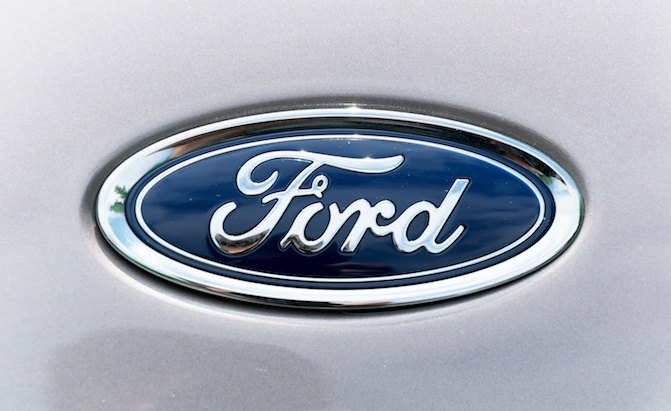















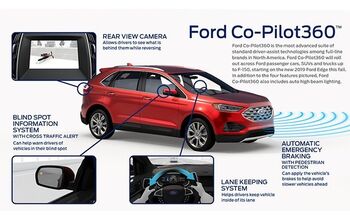

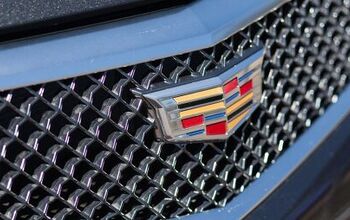


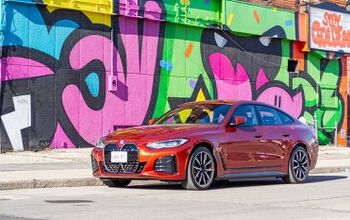
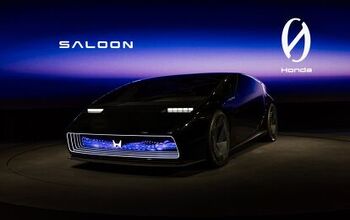

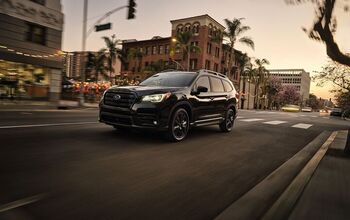

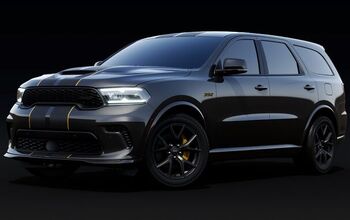

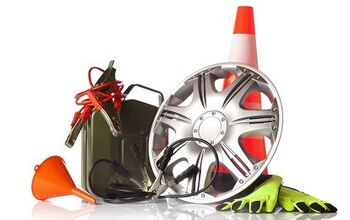
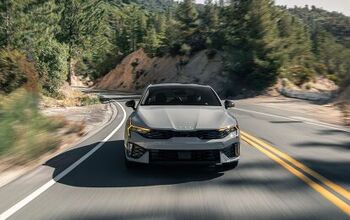

Comments
Join the conversation
bit late, their Taurus is now way over the hill in terms of needing a replacement which probably means deceased
This is an immensley huge change, the line up would have to change to: 1. Front-wheel-drive unibody: Fiesta/Ka, Focus, Fusion/MKZ, Taurus/Continental, EcoSport, Escape/MKC, Edge/Nautilus, Transit Connect, C-Max, S-Max/Galaxy 2. Rear-wheel drive unibody: Mustang 3. Commercial-van unibody: Transit 4. Body-on-frame: Explorer/Aviator, Ranger, Bronco, F-150, F-250/350, Expedition/Navigator 5. Battery electric: Model E